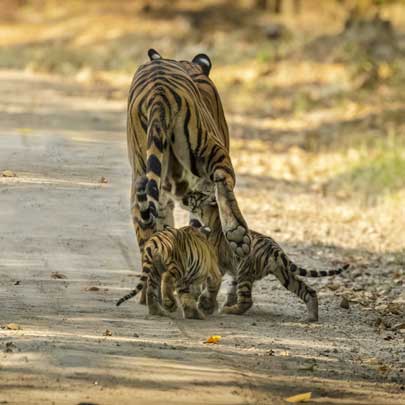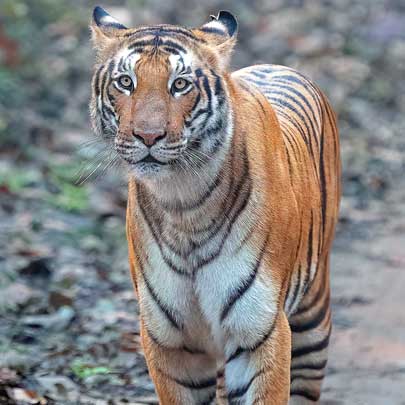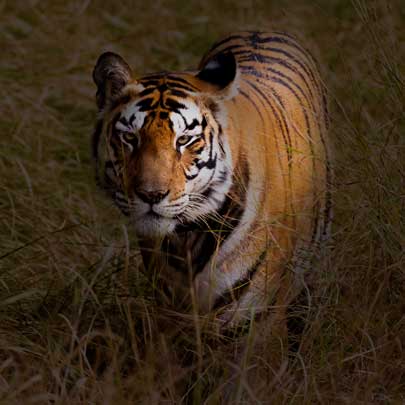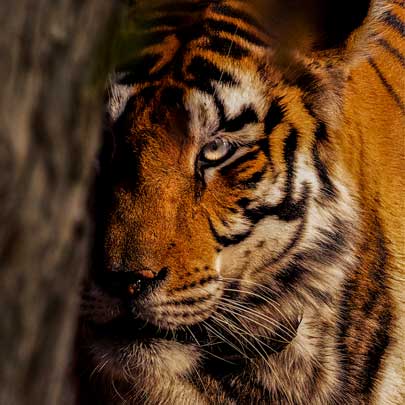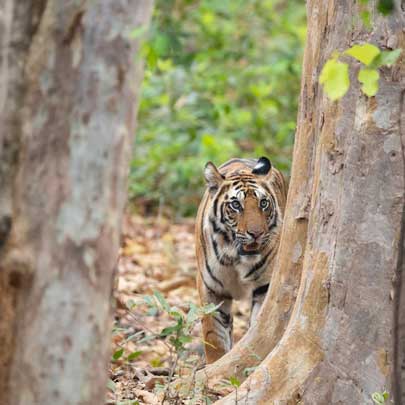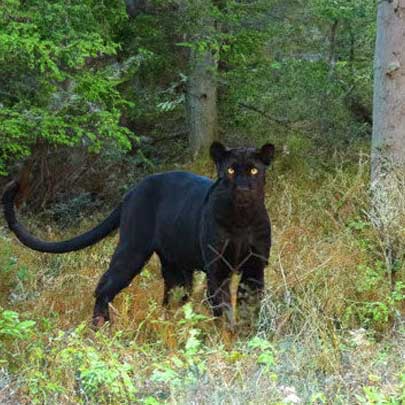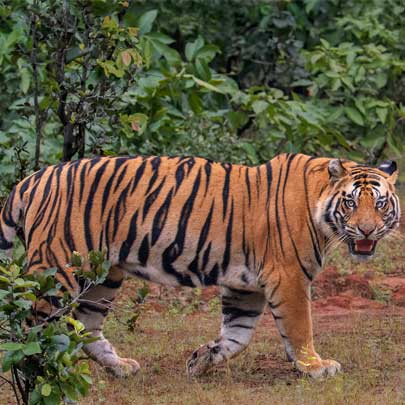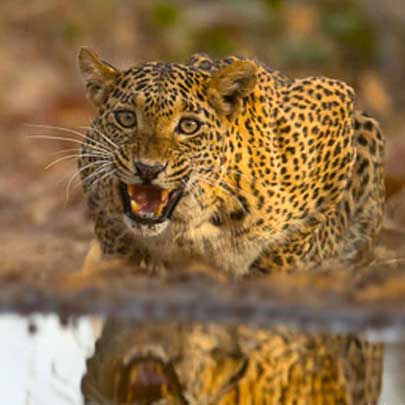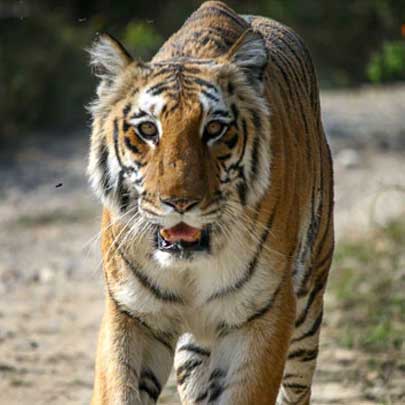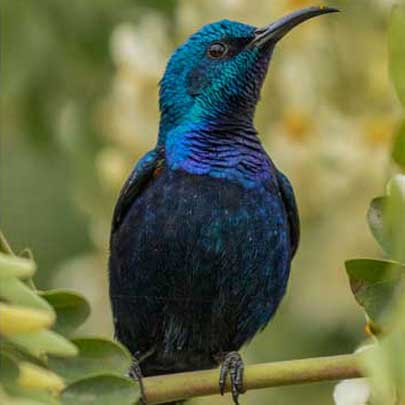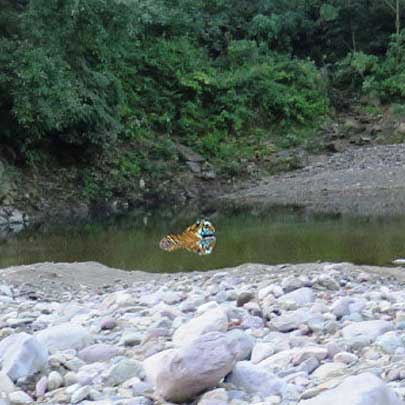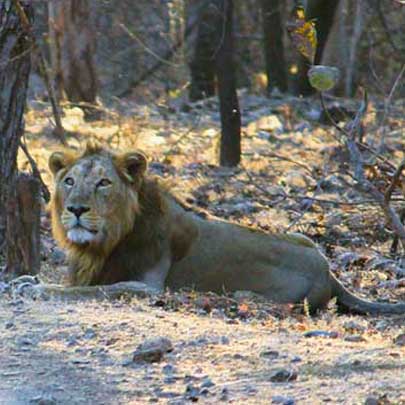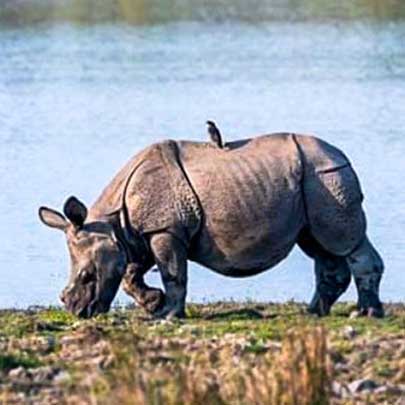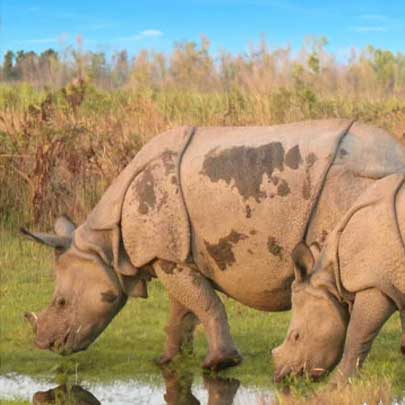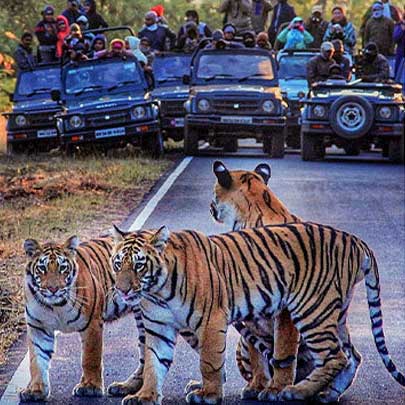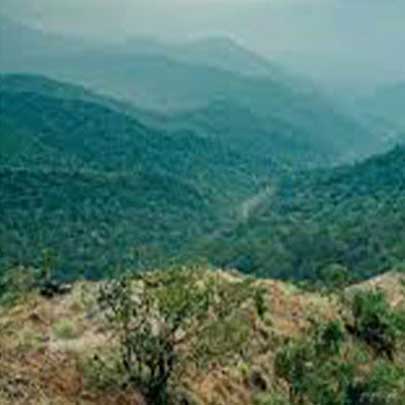Historic Elephant Migration: 10 Elephants Travel Across Northern India’s Wildlife Corridors
In a monumental milestone for wildlife conservation, a herd of 10 wild elephants has successfully completed an extraordinary journey from Rajaji Tiger Reserve in Uttarakhand to Kalesar National Park in Haryana. This marks the largest group of elephants ever recorded making this trek through the Shivalik Elephant Corridor, a vital ecological pathway that connects several key forest areas in Northern India.
The herd, composed of adult females and their calves, began its migration in early April and reached the lush, sal tree forests of Kalesar by the end of the month. Their movement, tracked through a combination of camera traps, dung samples, and reports from local communities, highlights the growing functionality of India’s crucial wildlife corridors.

The Significance of the Shivalik Elephant Corridor
The Shivalik Elephant Corridor is part of the Northern Elephant Range, which stretches across the foothills of the Himalayas, covering parts of Uttarakhand, Uttar Pradesh, Himachal Pradesh, and Haryana. For years, this corridor has been a lifeline for elephants moving between various protected areas, including the Rajaji Tiger Reserve, Jim Corbett National Park, and Kalesar National Park. Historically, elephant movement in this region has been limited to smaller groups or solitary males. However, the successful migration of this 10-elephant herd underscores a significant shift — the increased health of the ecosystem and the growing success of habitat connectivity efforts.
The elephants’ journey from Rajaji to Kalesar is no small feat. It involves navigating through rugged terrain, crossing human settlements, and dealing with the challenges of climate and food availability. The fact that this herd was able to move as a cohesive group, including calves, speaks volumes about the growing resilience of these forest corridors and the importance of continuous conservation work.
Ecological and Conservation Impact
For wildlife biologists and conservationists, the successful movement of this herd represents a significant step forward in the protection and restoration of India’s elephant habitats. The corridor that connects Rajaji, Corbett, and Kalesar has long been a focus for efforts aimed at protecting migratory routes for elephants, tigers, and other wildlife species. The journey of these 10 elephants highlights that these efforts are beginning to show tangible results — a healthier, more connected landscape that can support larger populations of wildlife.
However, this success also comes with its own set of challenges. While the migration is an exciting development, it also underscores the need for ongoing protection and careful management of the habitat corridors. Habitat fragmentation, human-wildlife conflict, and illegal encroachment remain persistent threats to the elephants’ safe passage. Continued efforts to monitor, protect, and restore these corridors will be critical to ensuring that future generations of elephants can make similar journeys without the risk of losing their way or encountering deadly obstacles.
The Path Forward
As India continues to push for more sustainable wildlife management, the story of these 10 elephants serves as both a celebration and a reminder. Conservation efforts need to intensify to protect vital ecosystems that sustain wildlife. By ensuring the safe passage of animals like elephants, we not only help preserve these majestic creatures but also promote the health of entire ecosystems.
With this monumental journey, these elephants have proven that wildlife corridors work, but the job isn’t done yet. As the human population grows and habitats shrink, it’s more important than ever to invest in wildlife conservation. By protecting these corridors, we are securing the future for not just elephants, but also countless species that depend on the forest to thrive.
Call to Action:
If you are passionate about wildlife conservation, support efforts to protect corridors like the Shivalik Elephant Corridor. Together, we can ensure these magnificent creatures continue to roam freely across India’s forests.

























